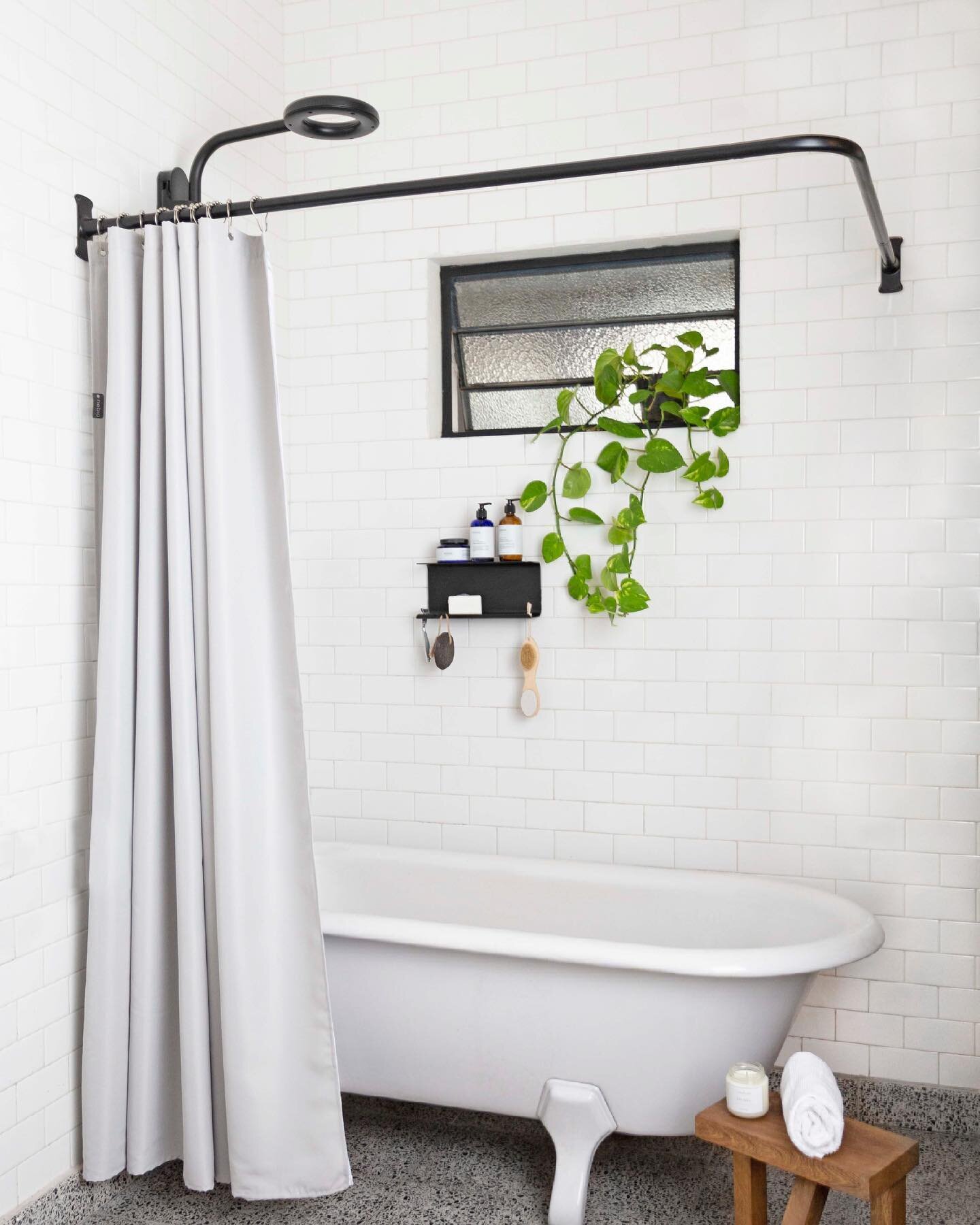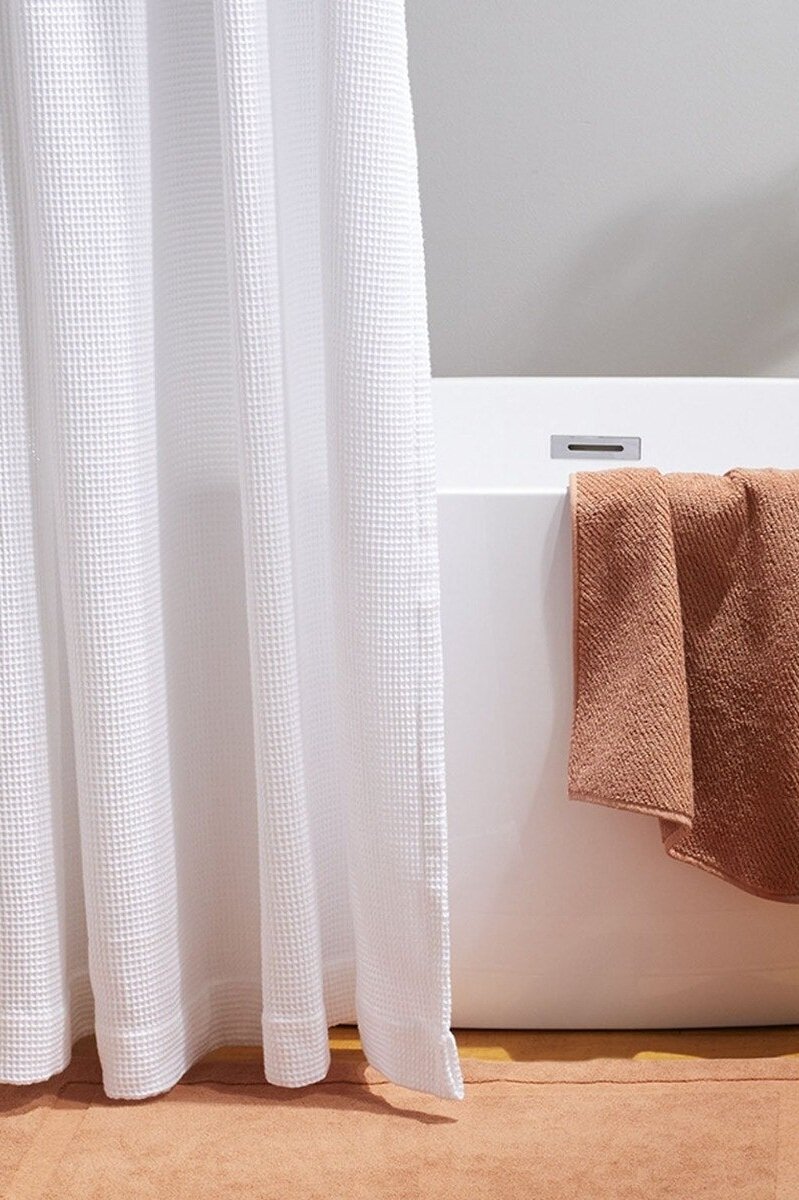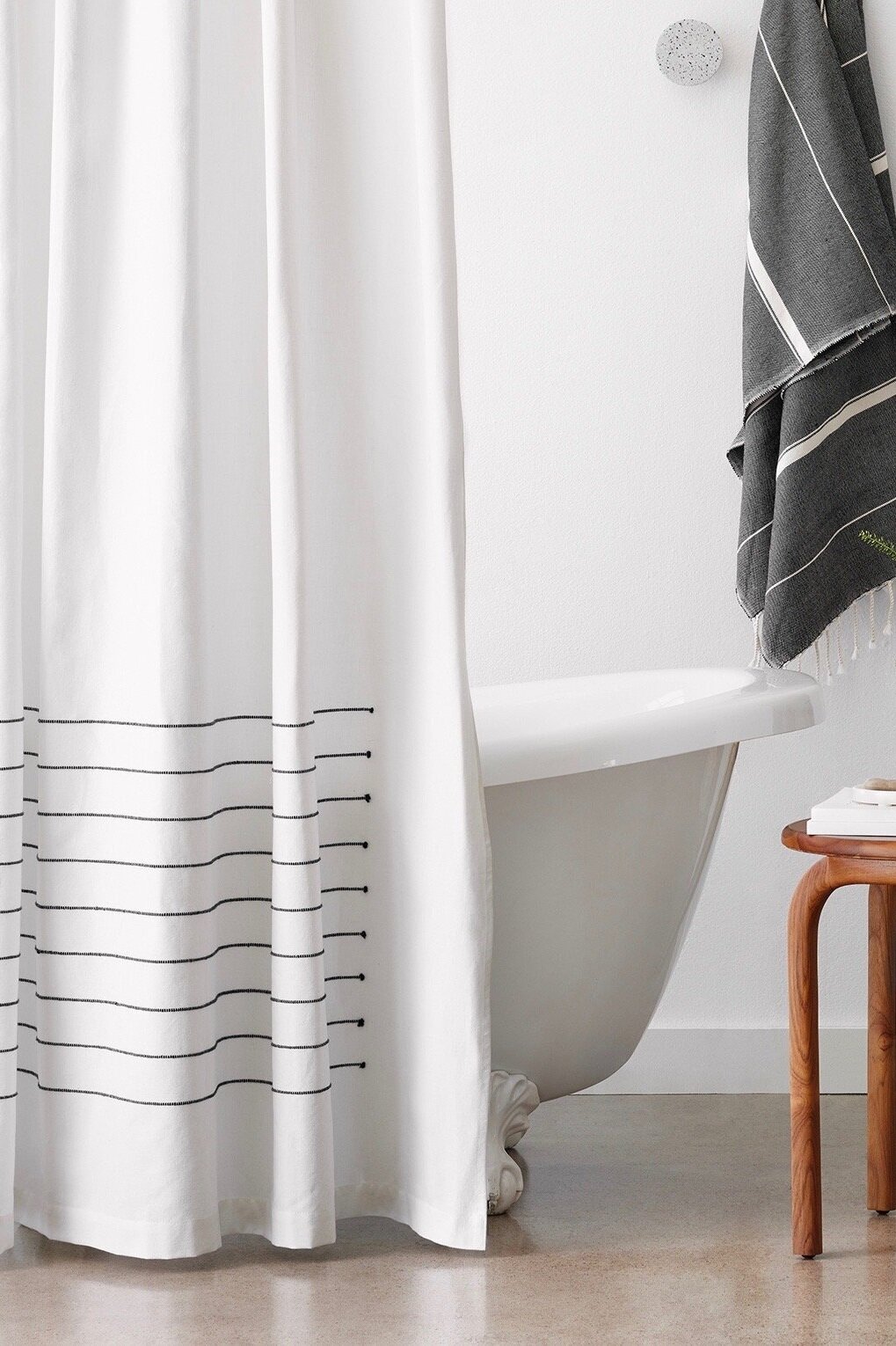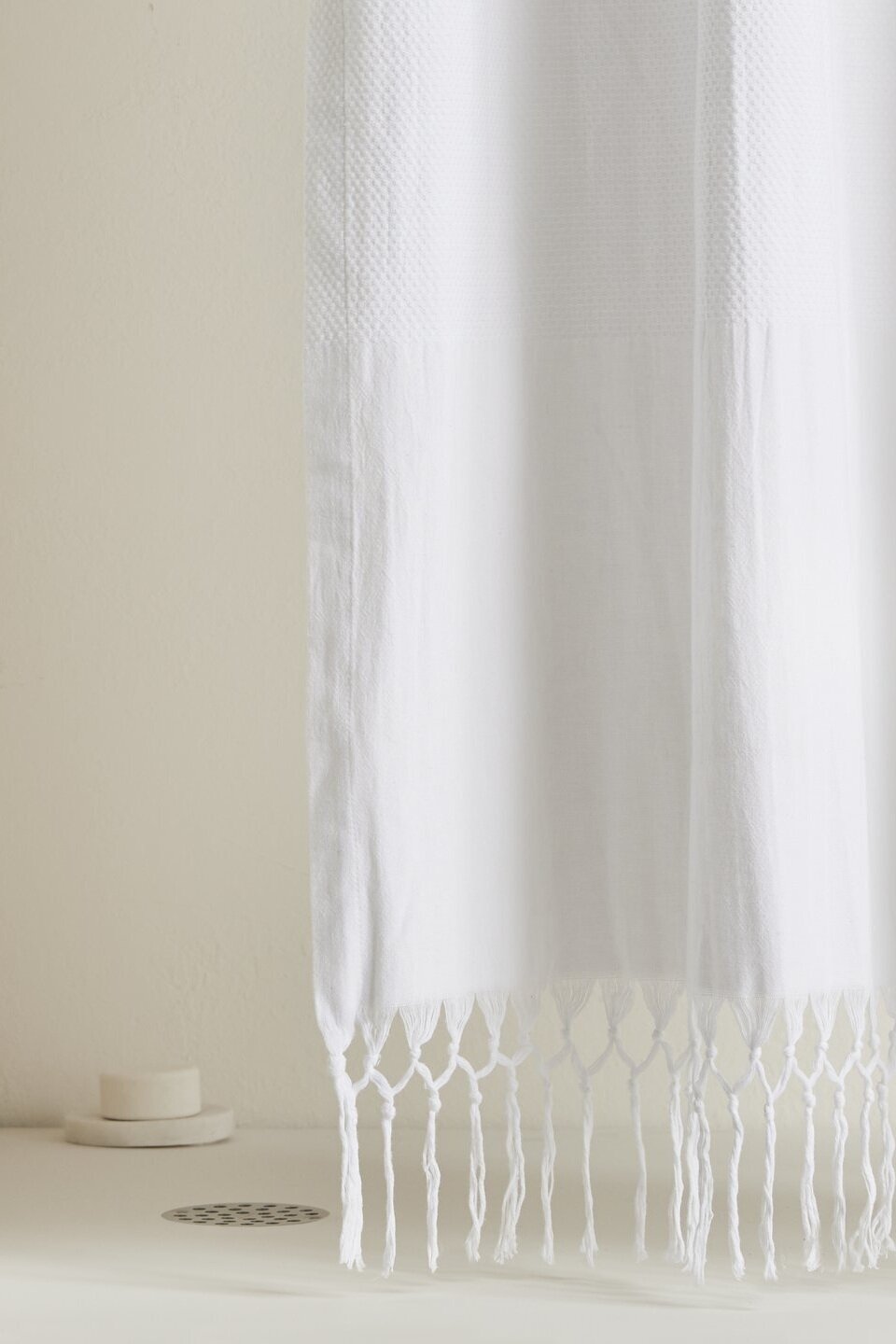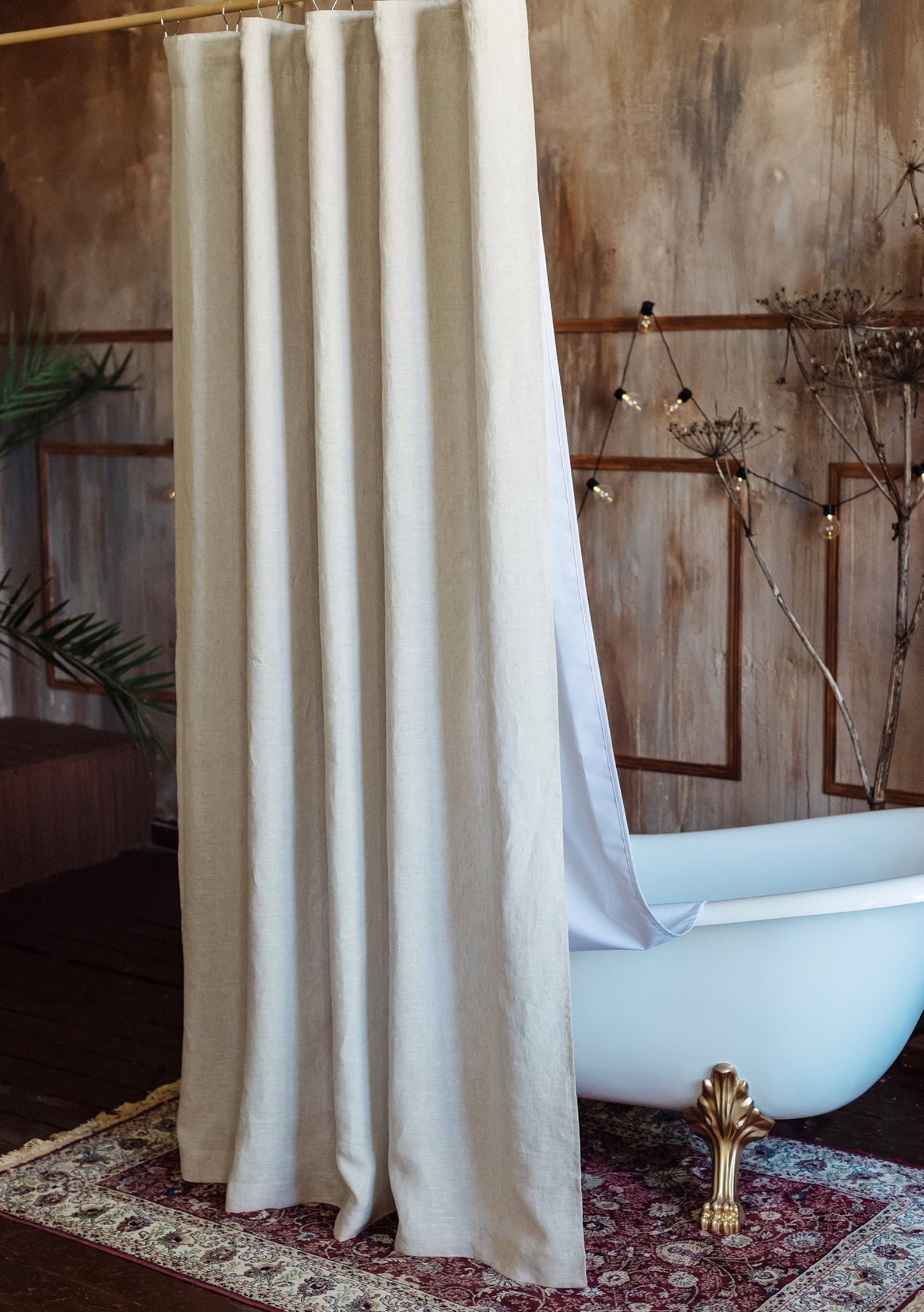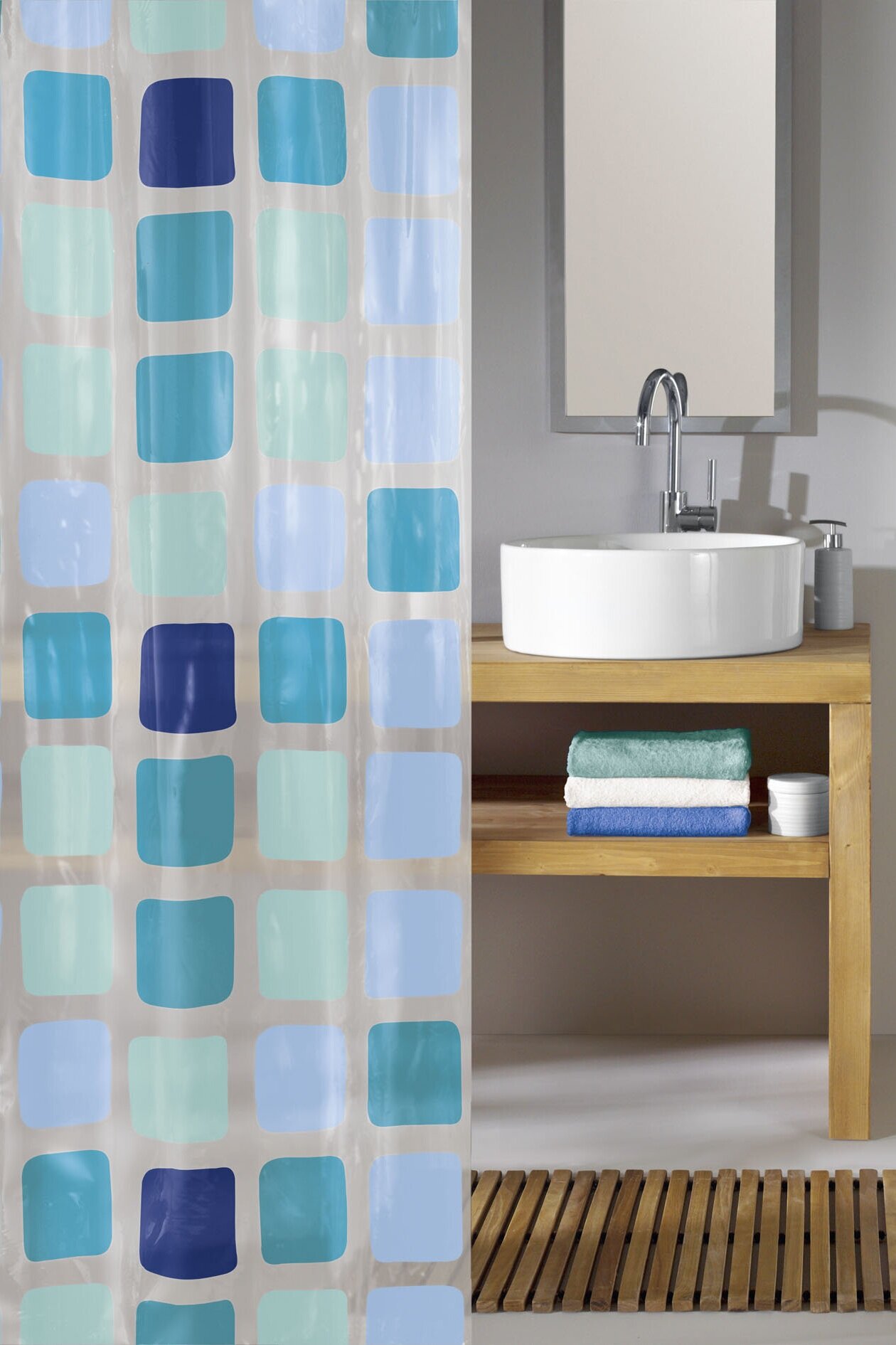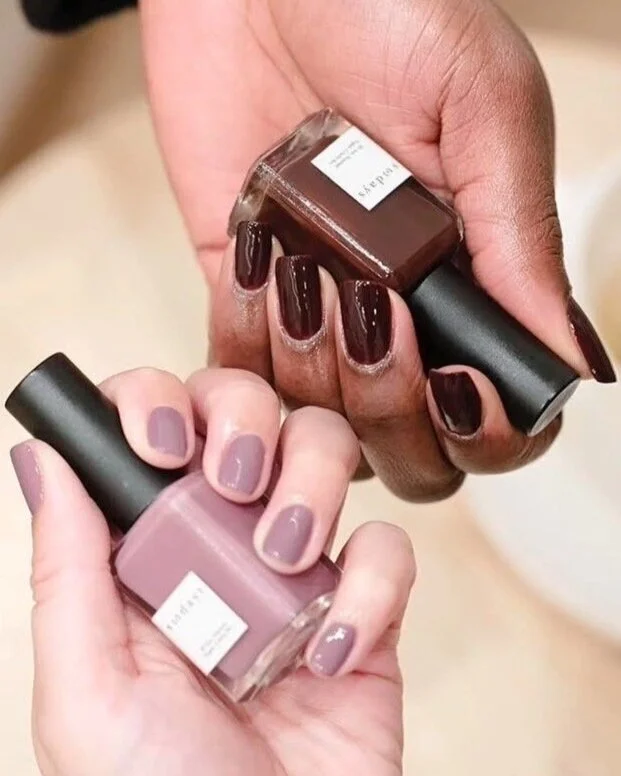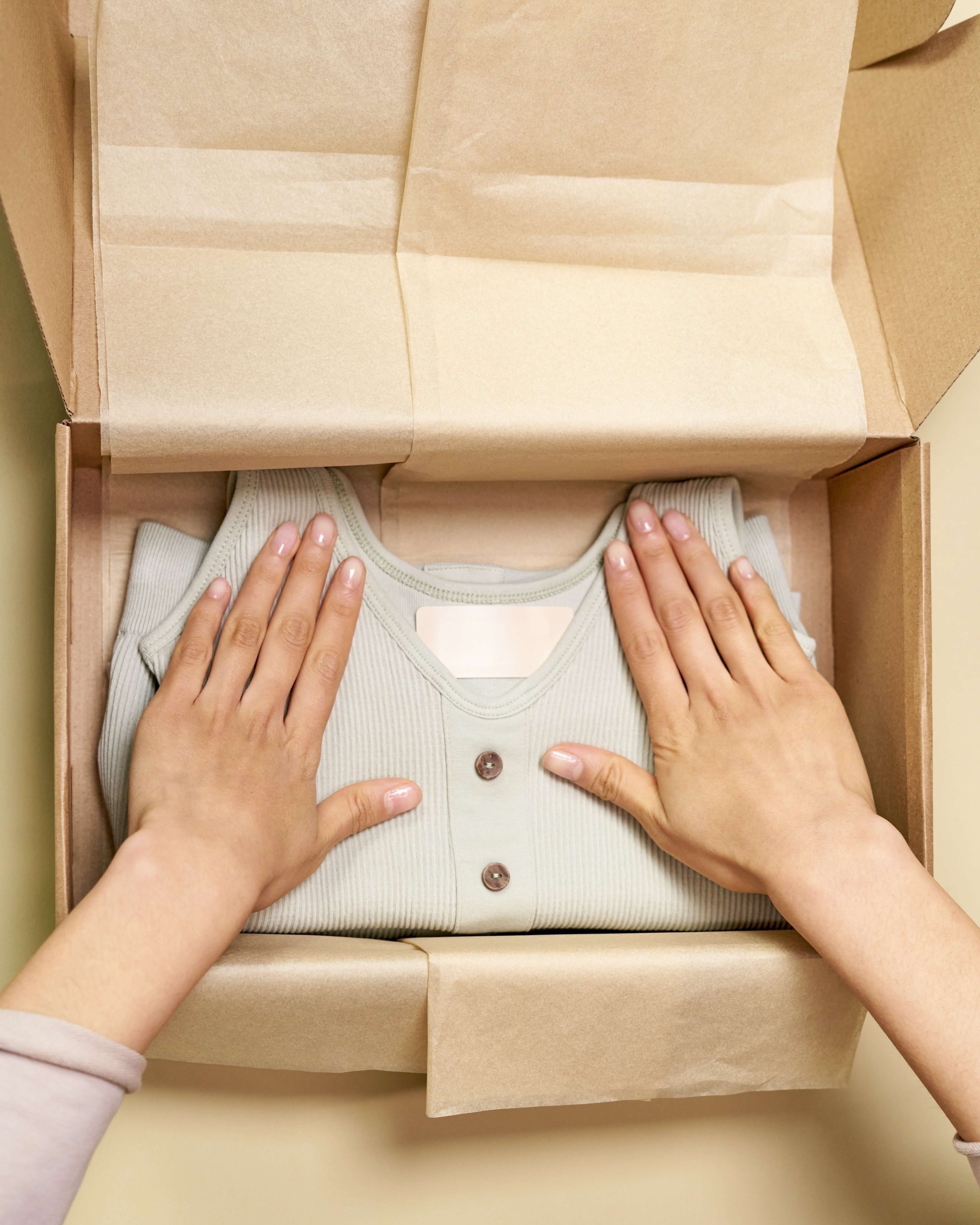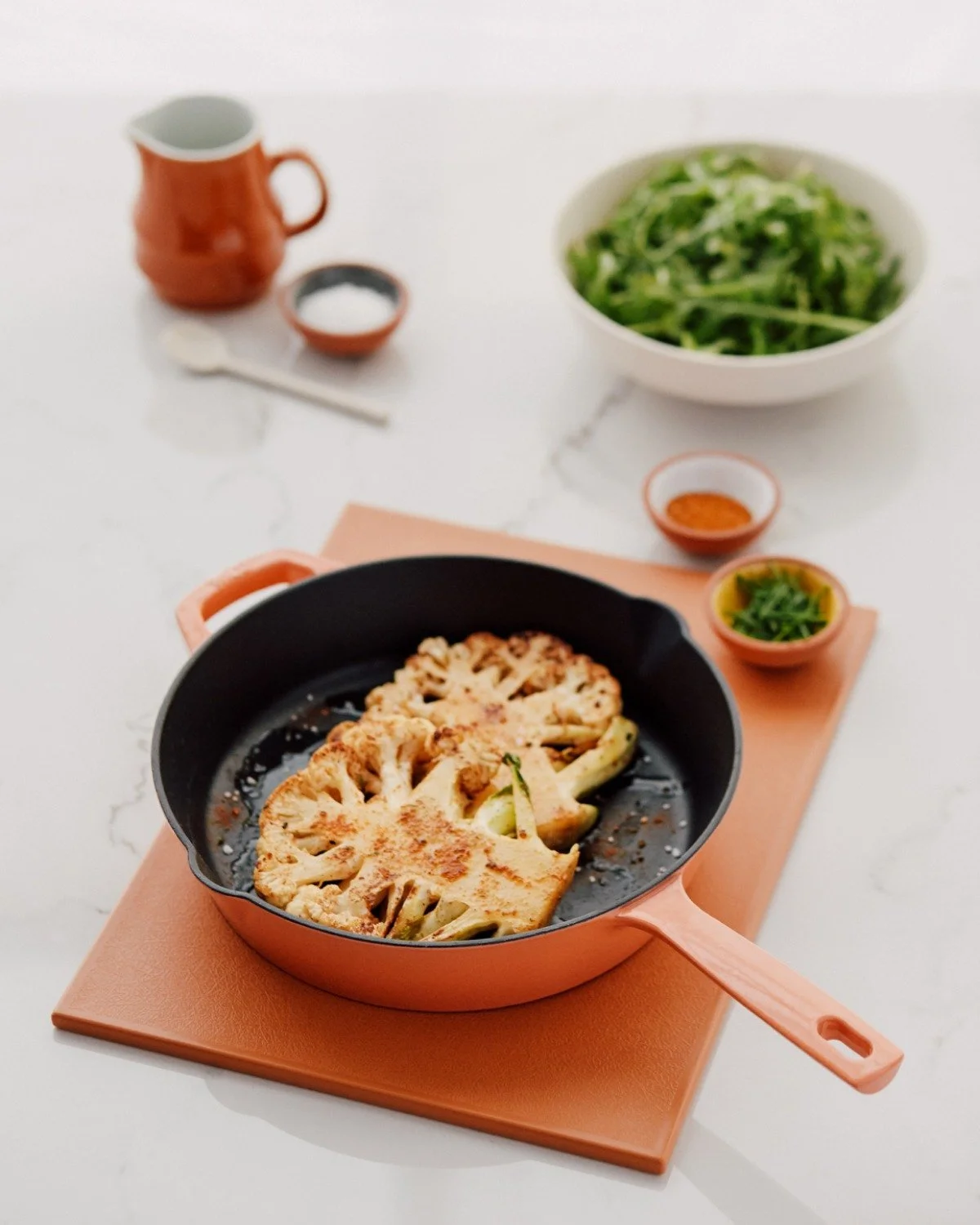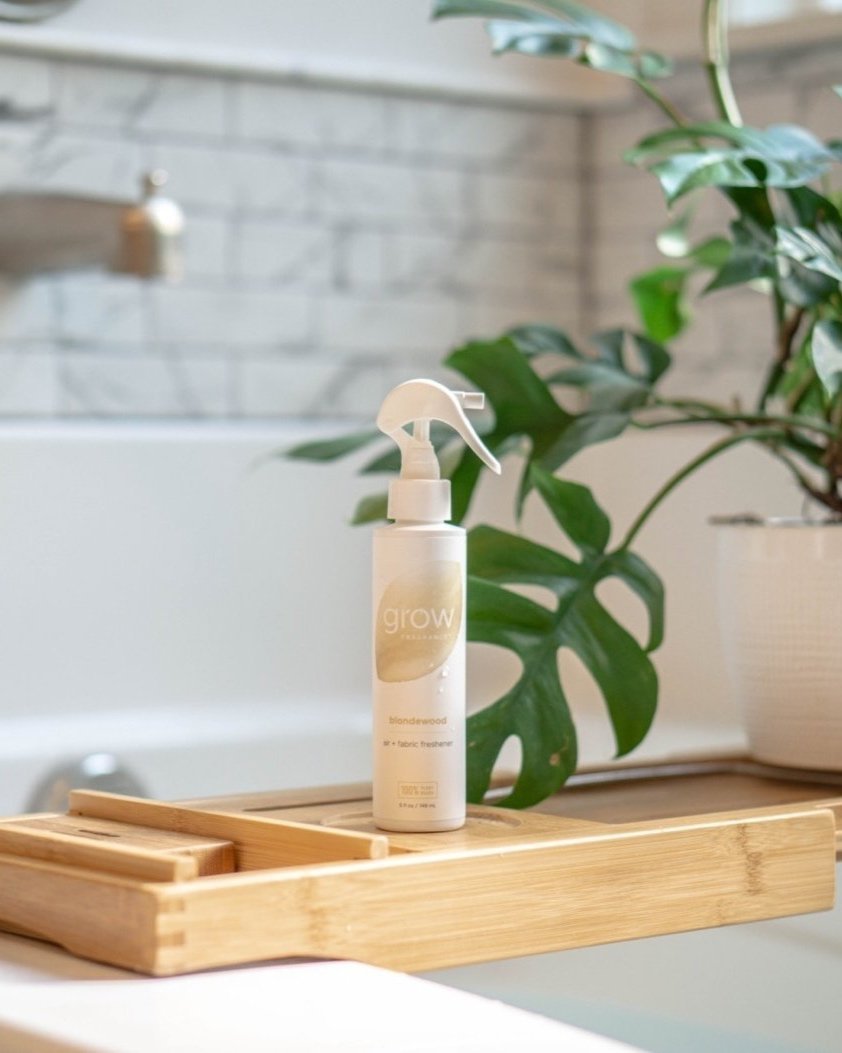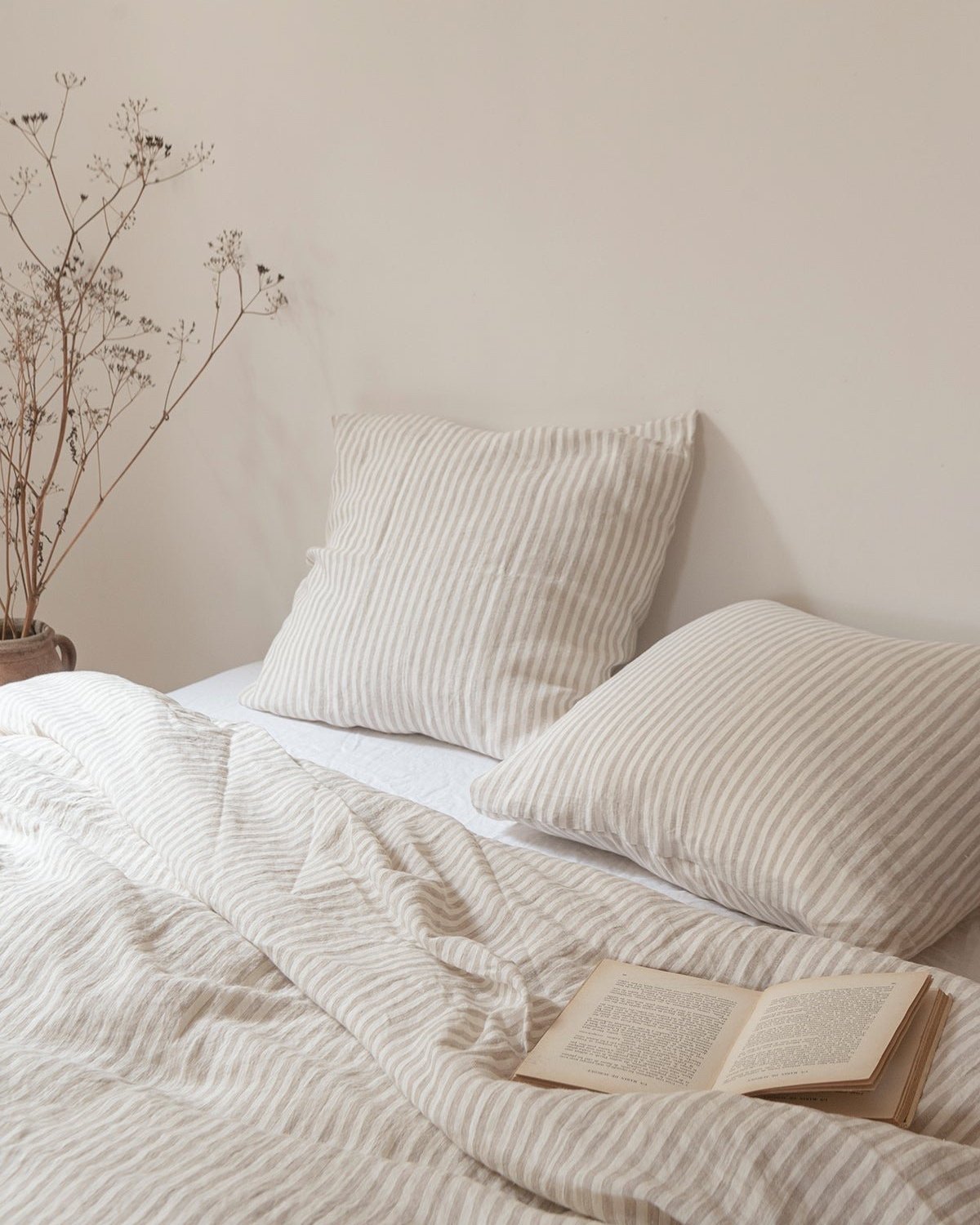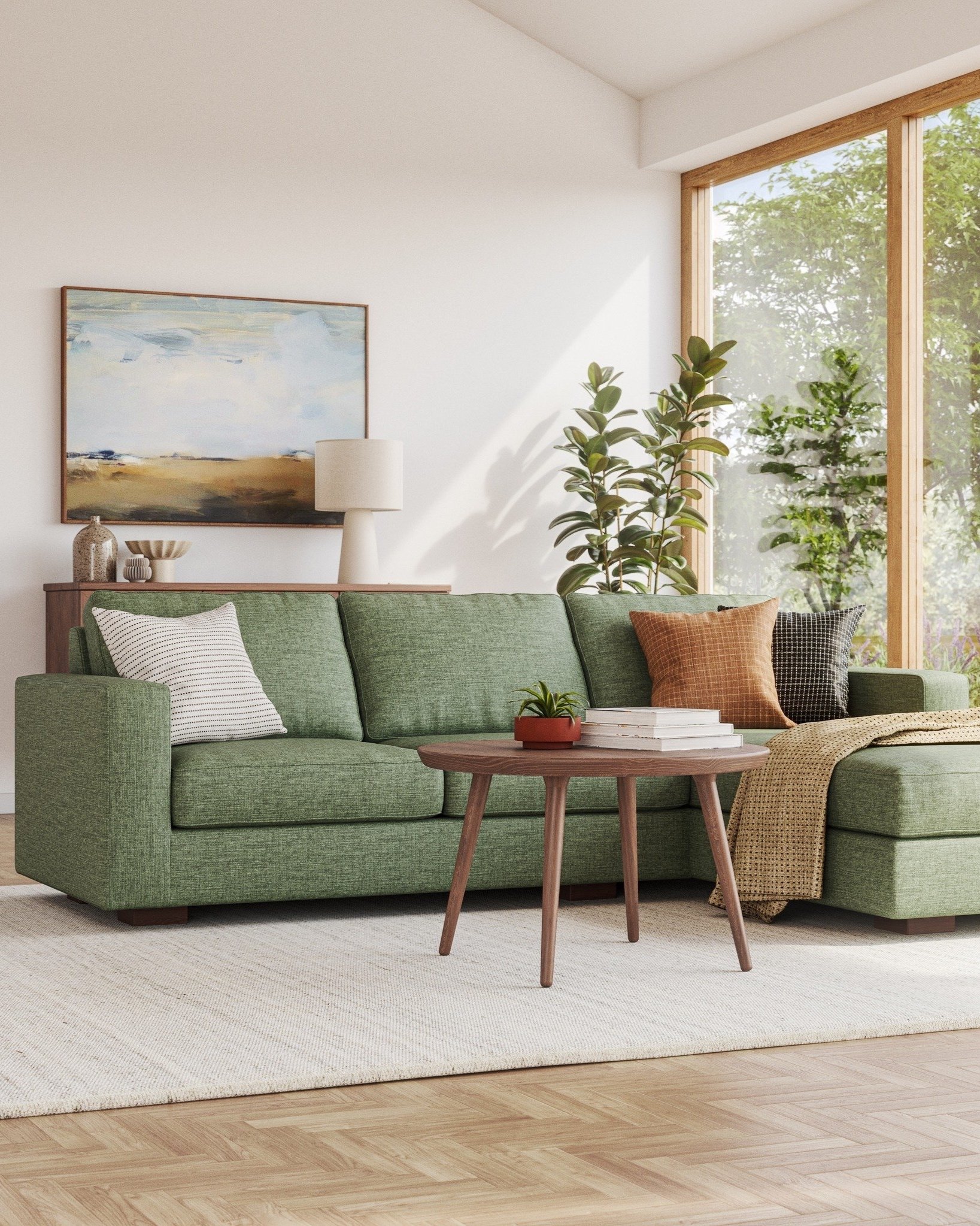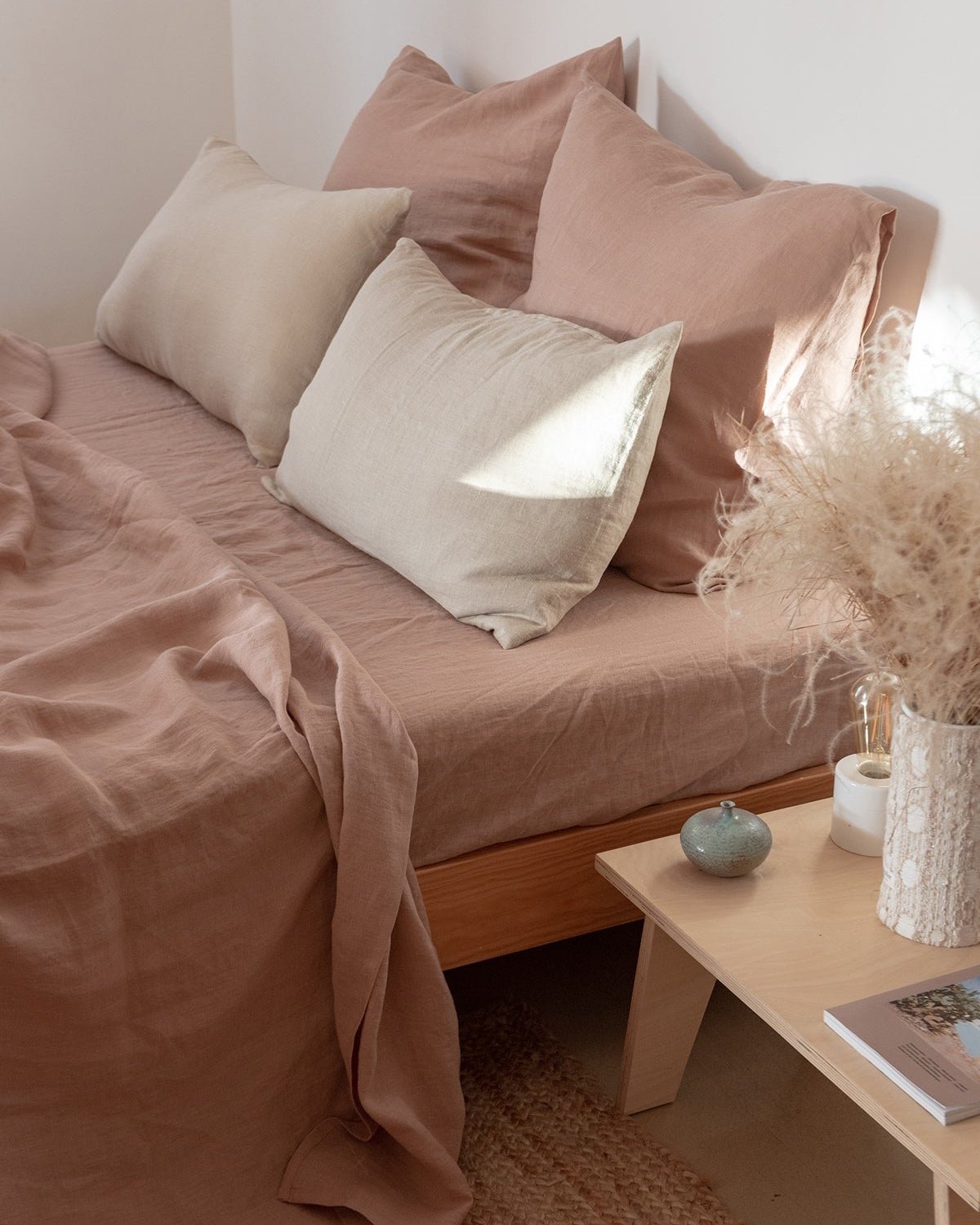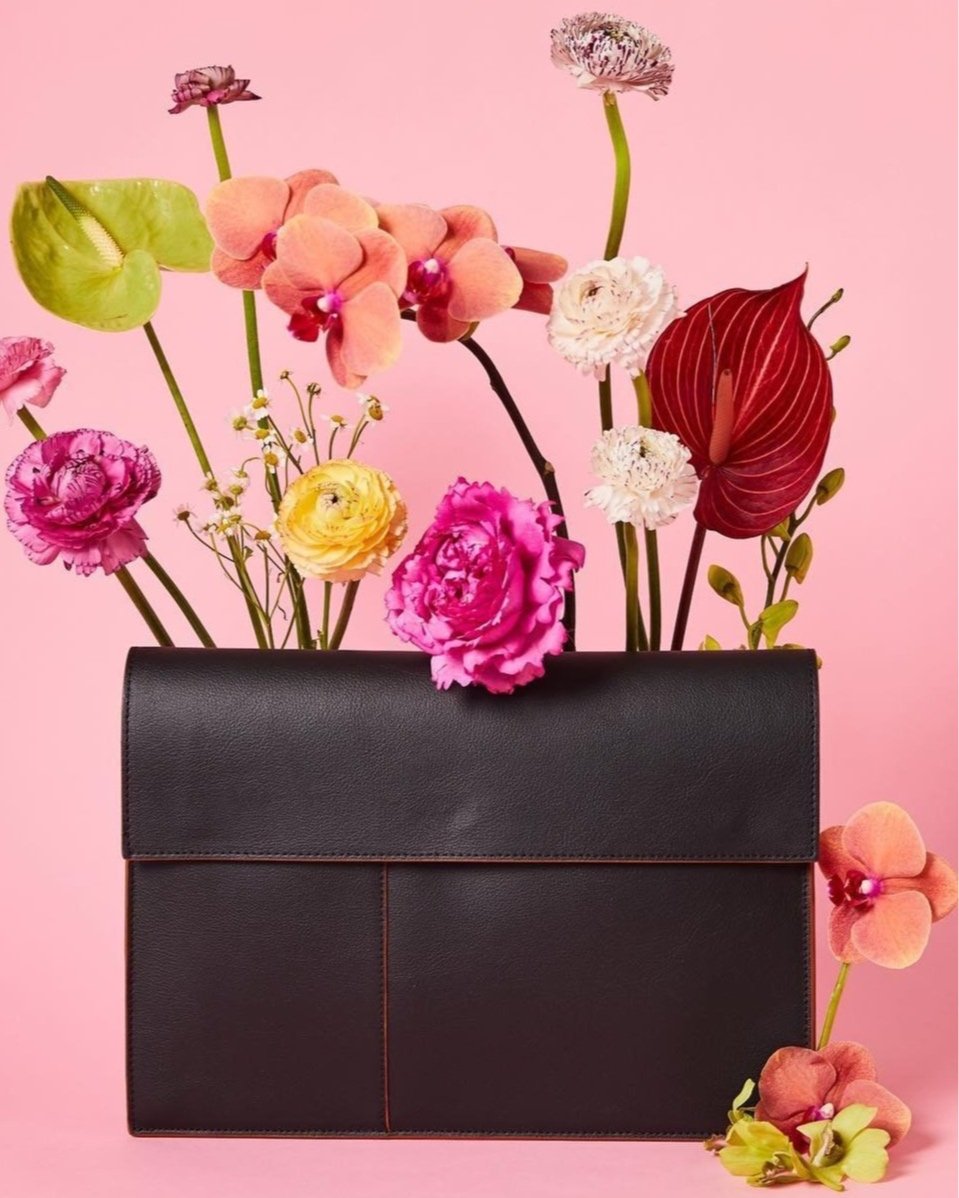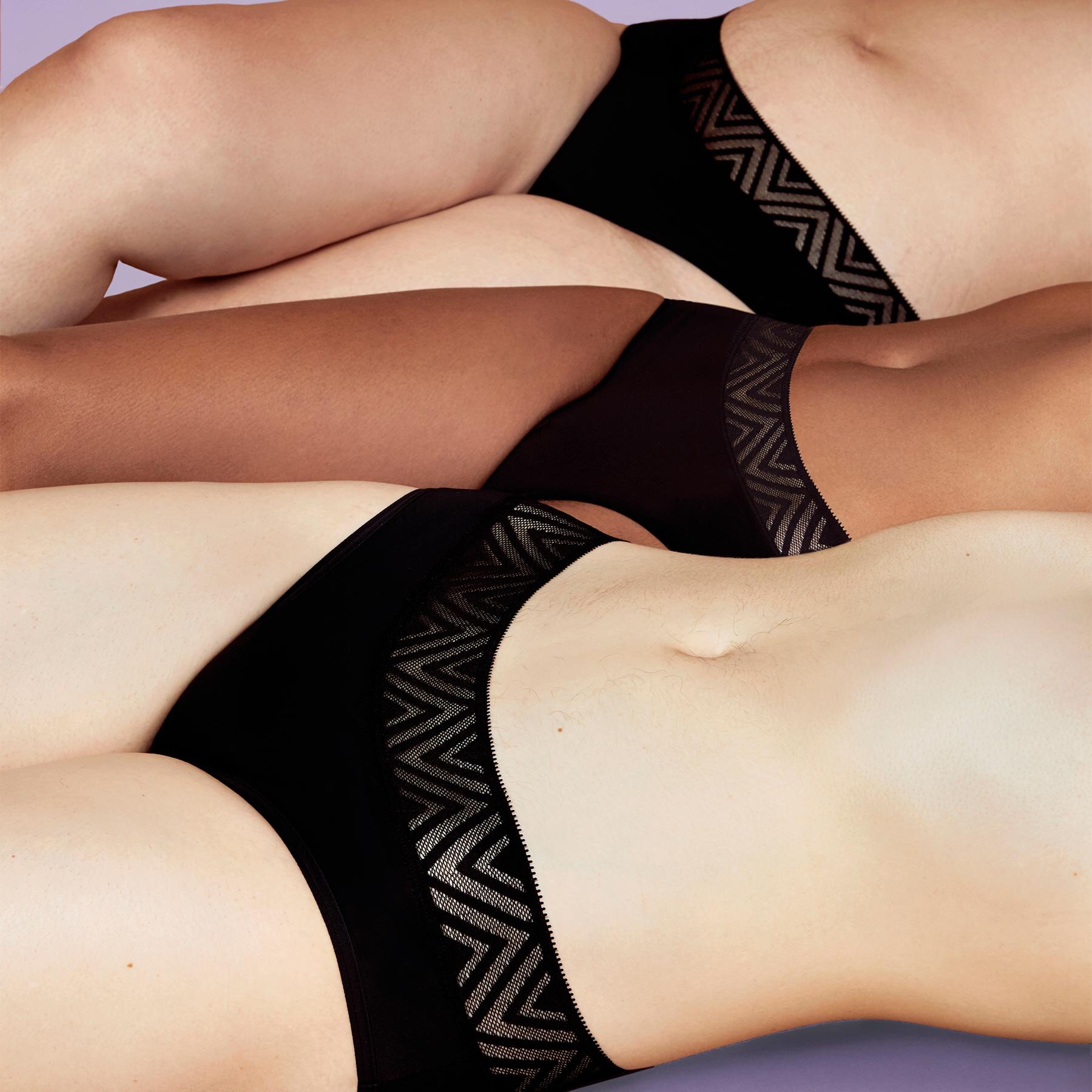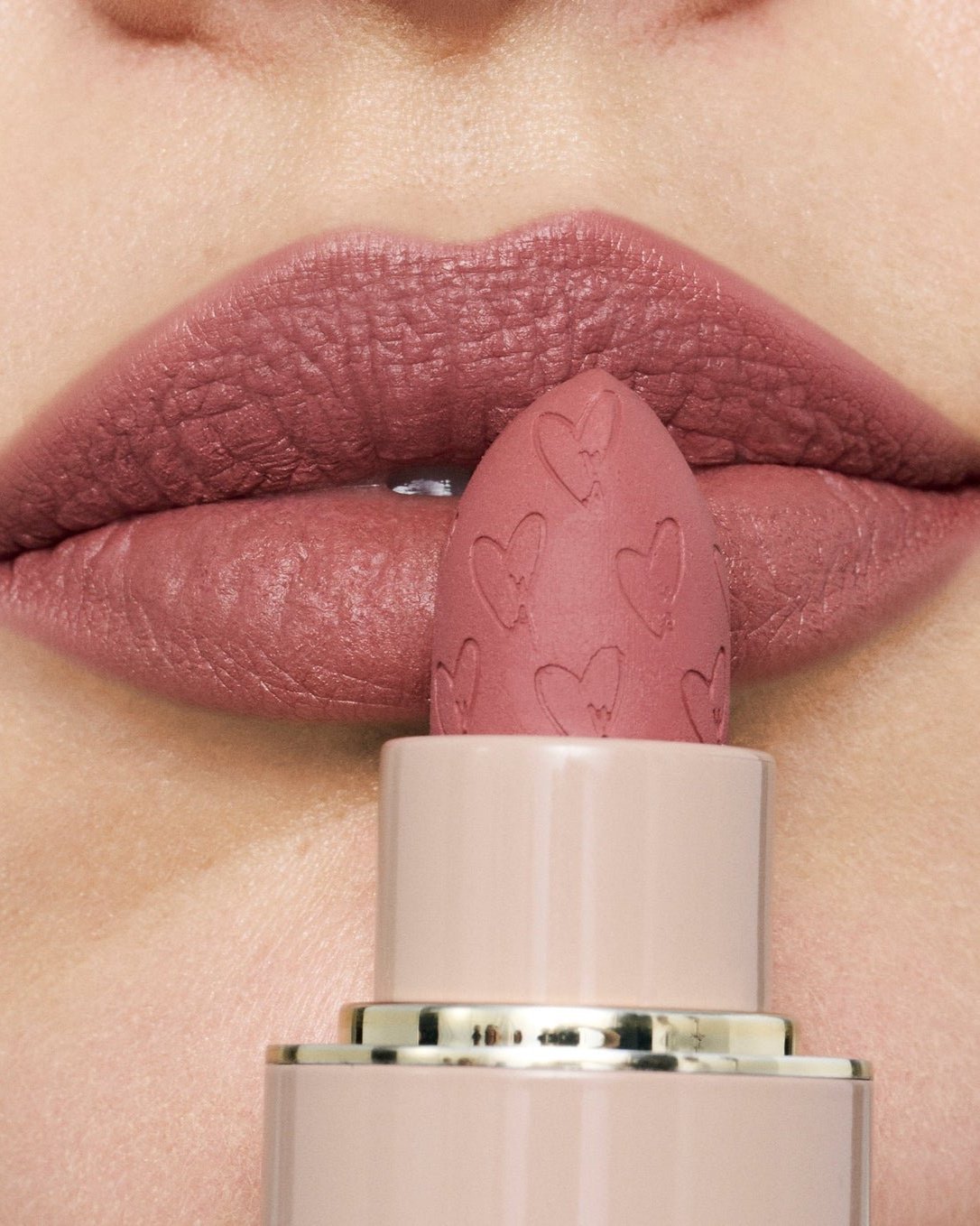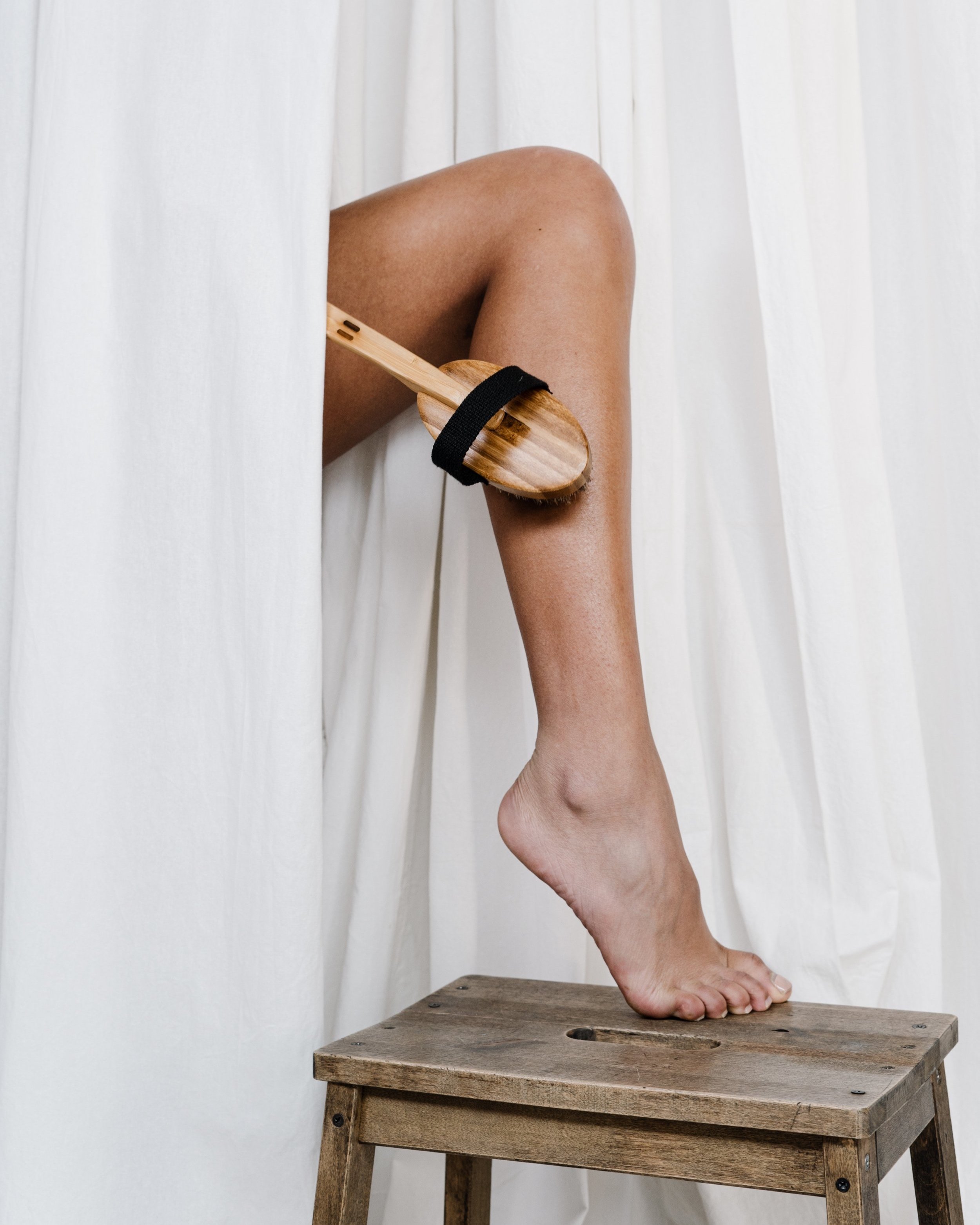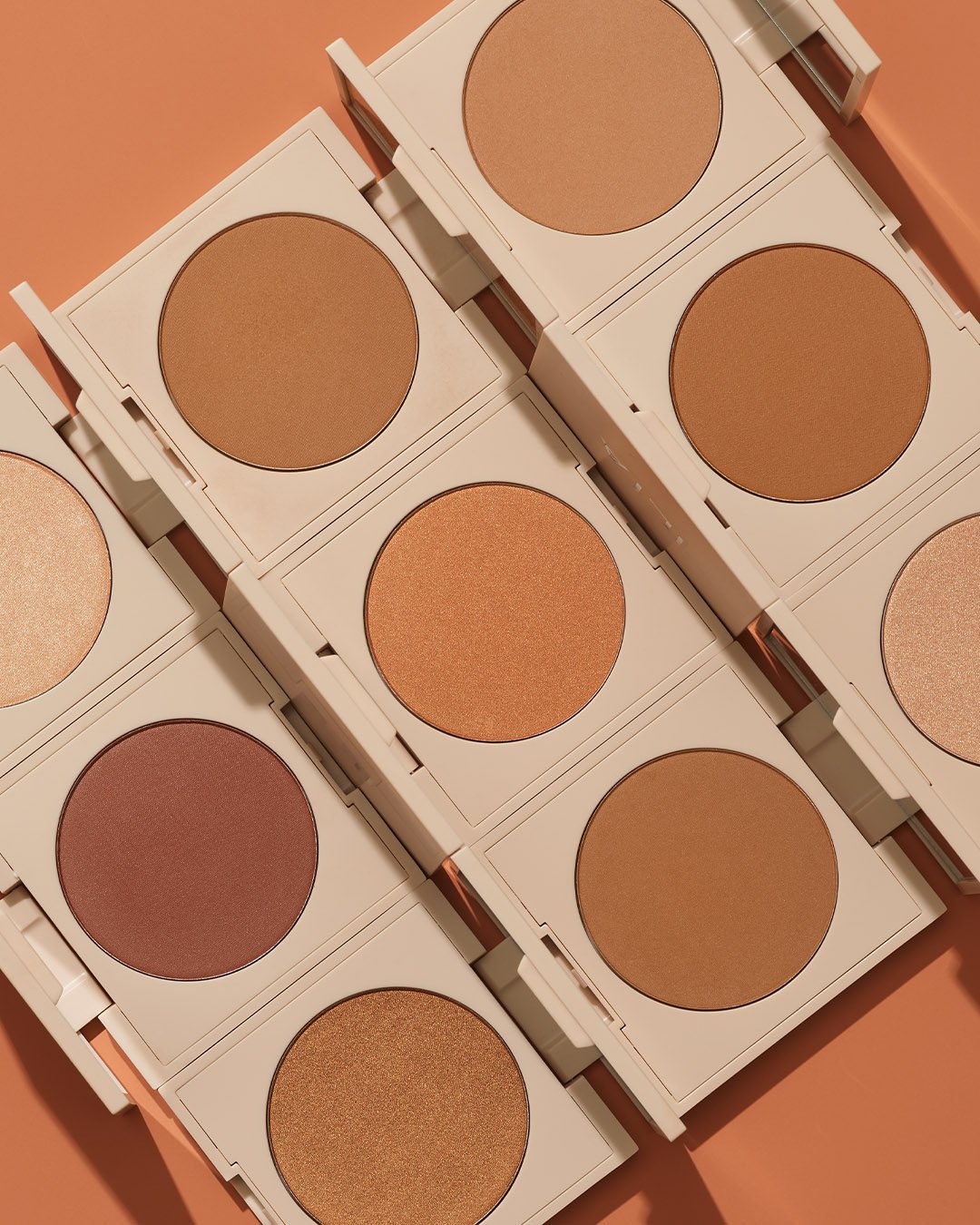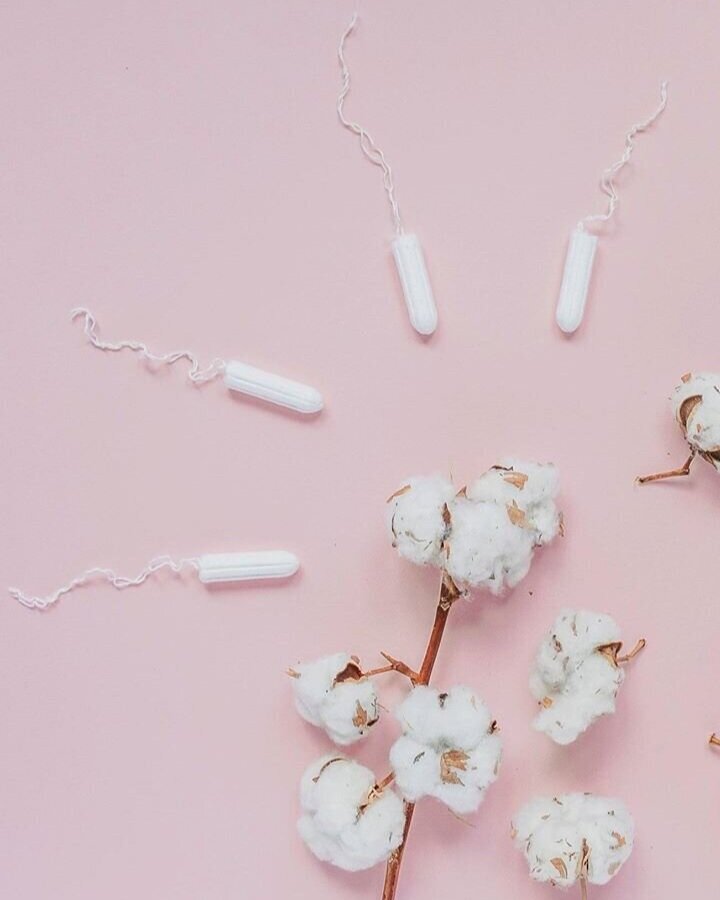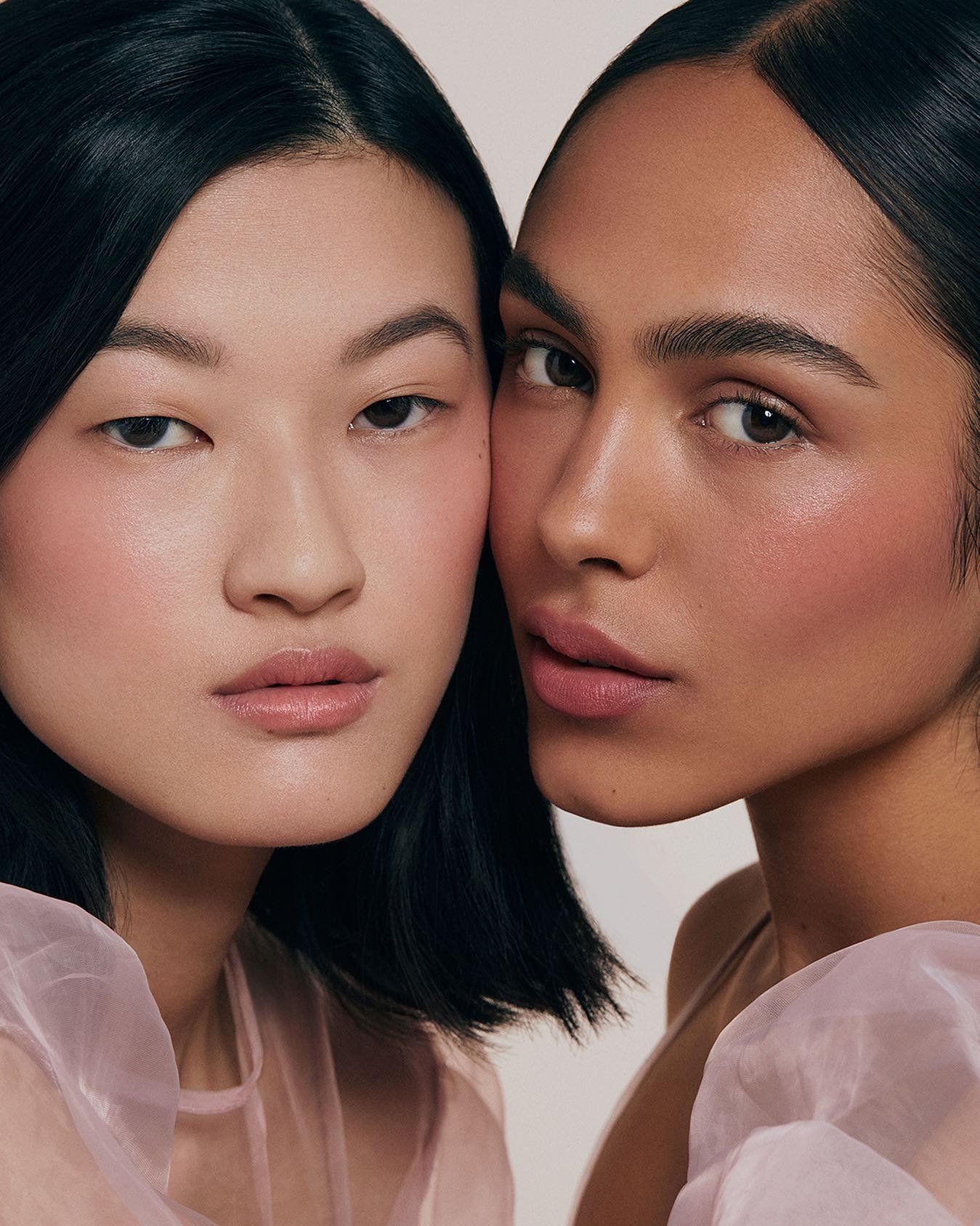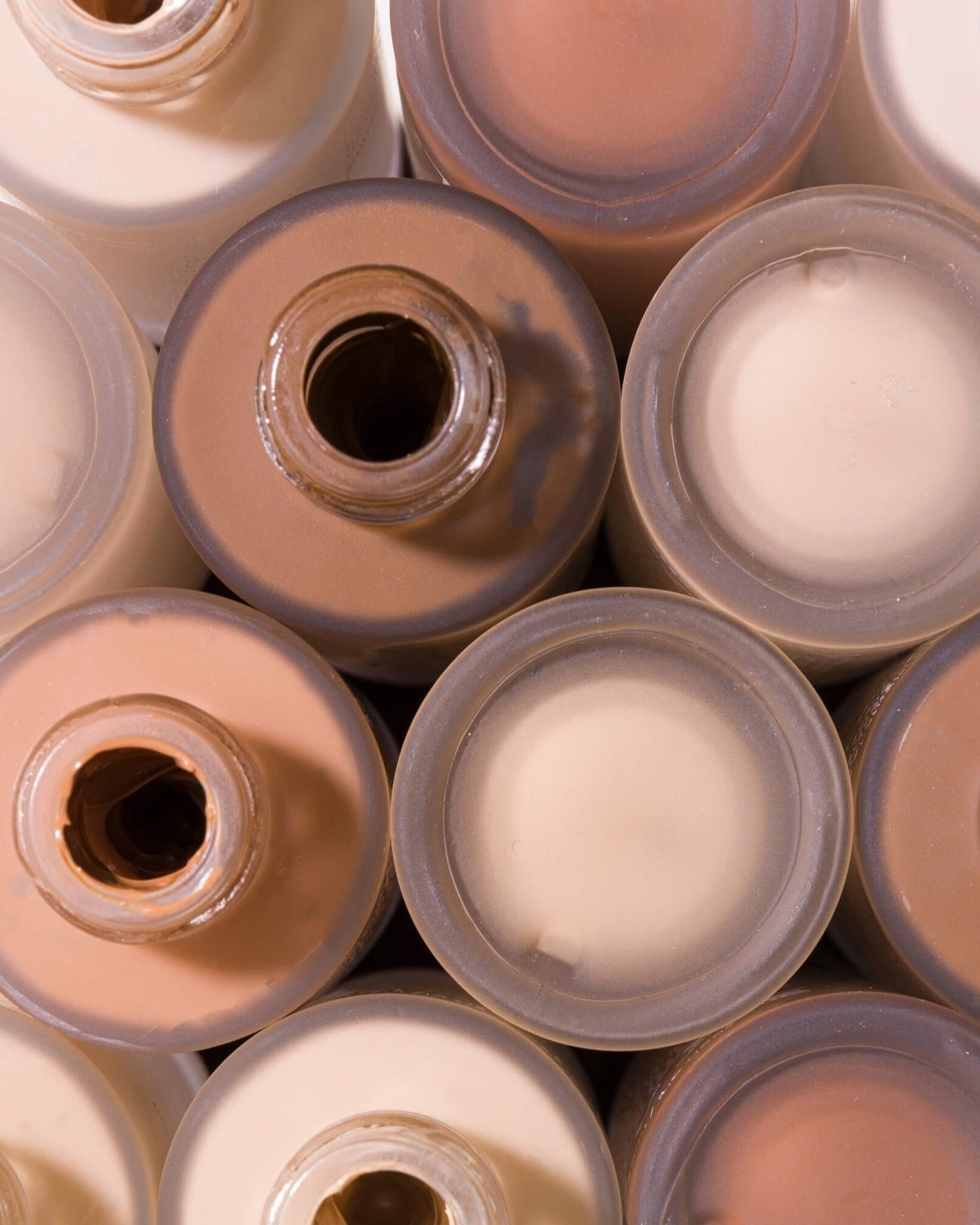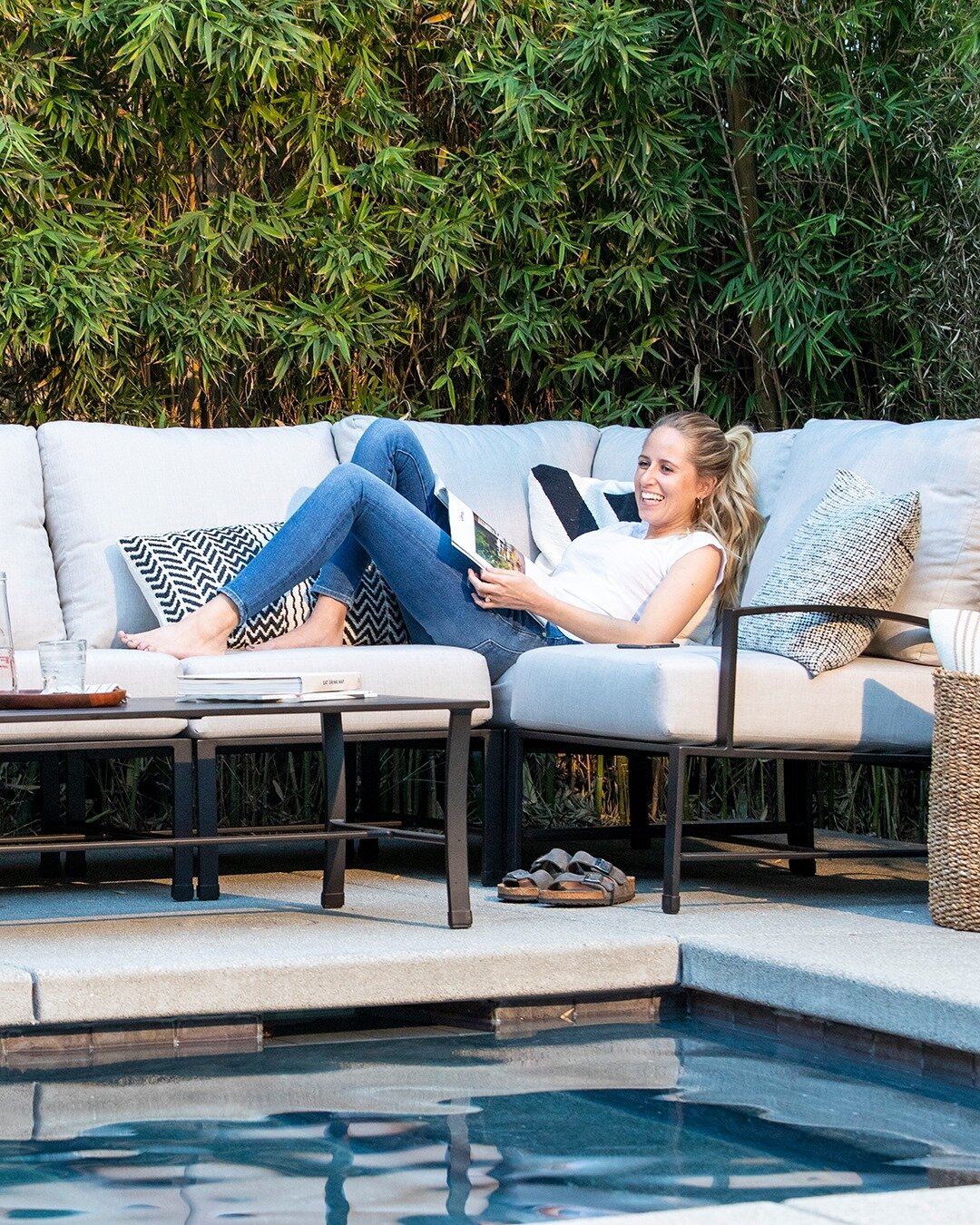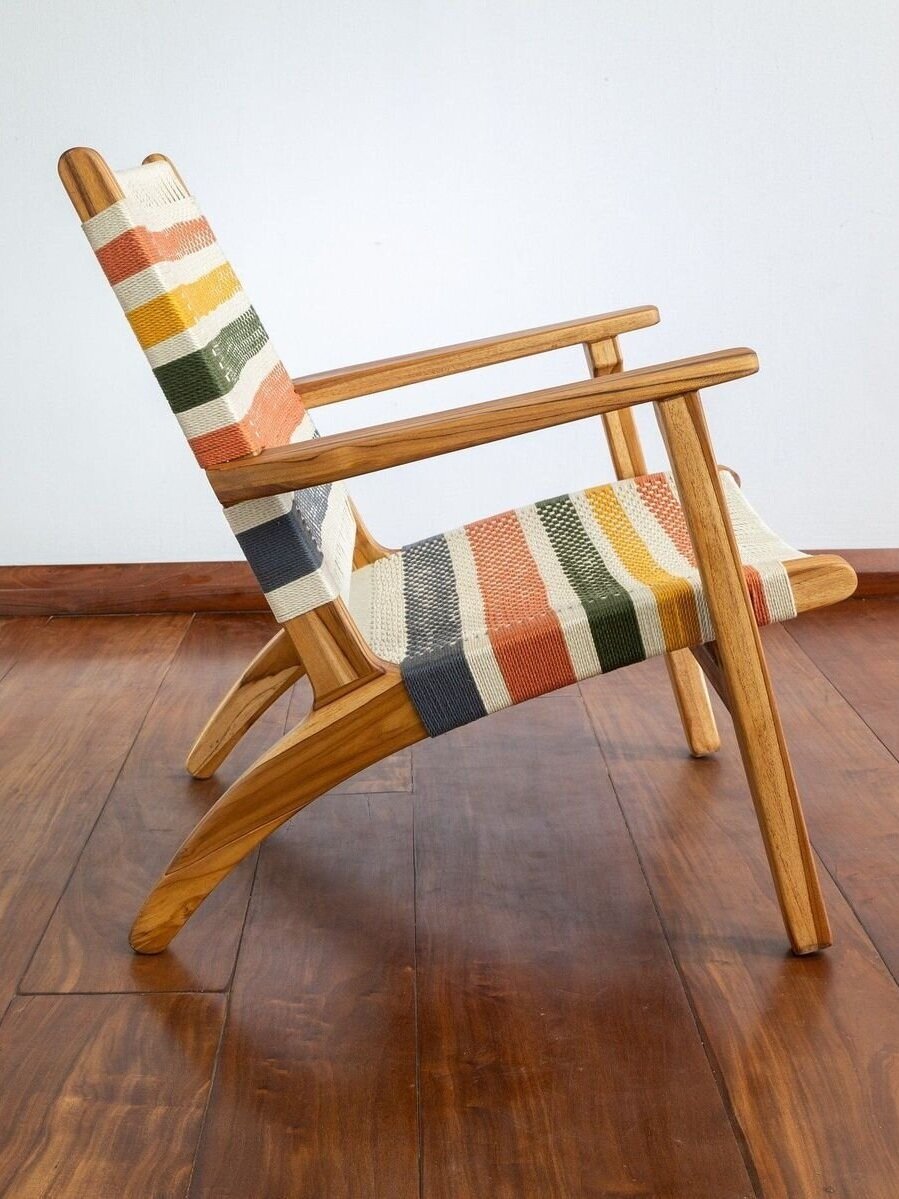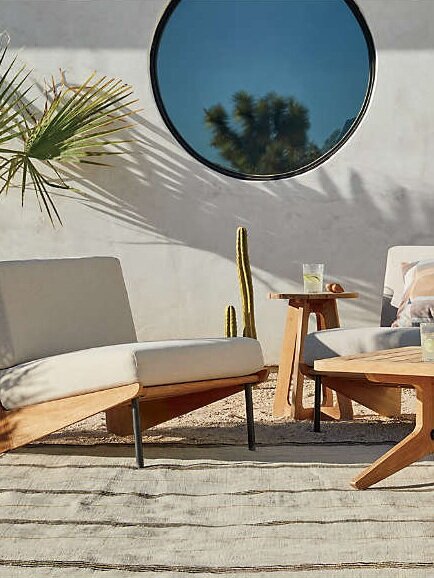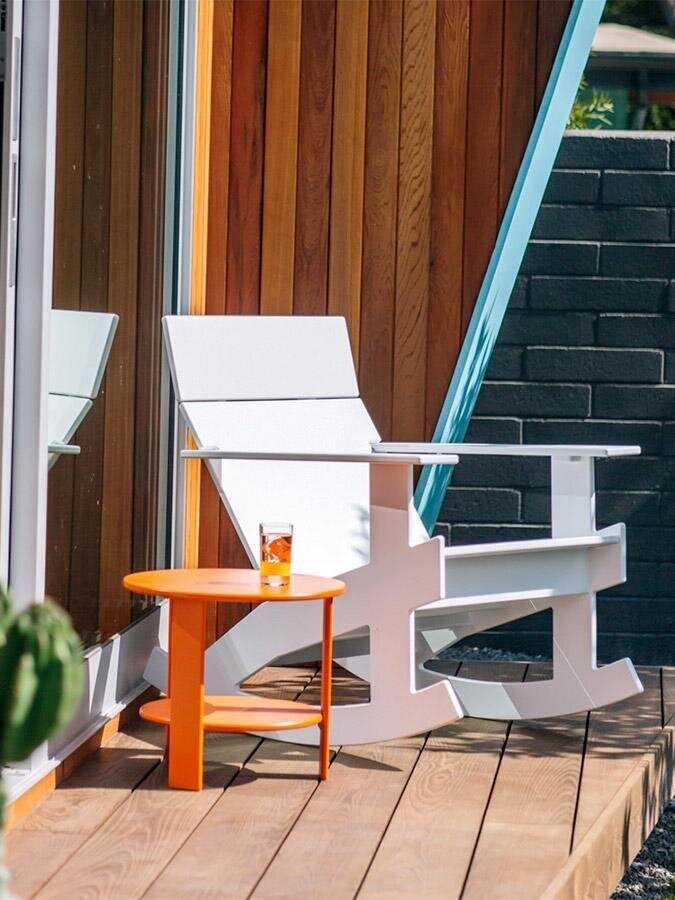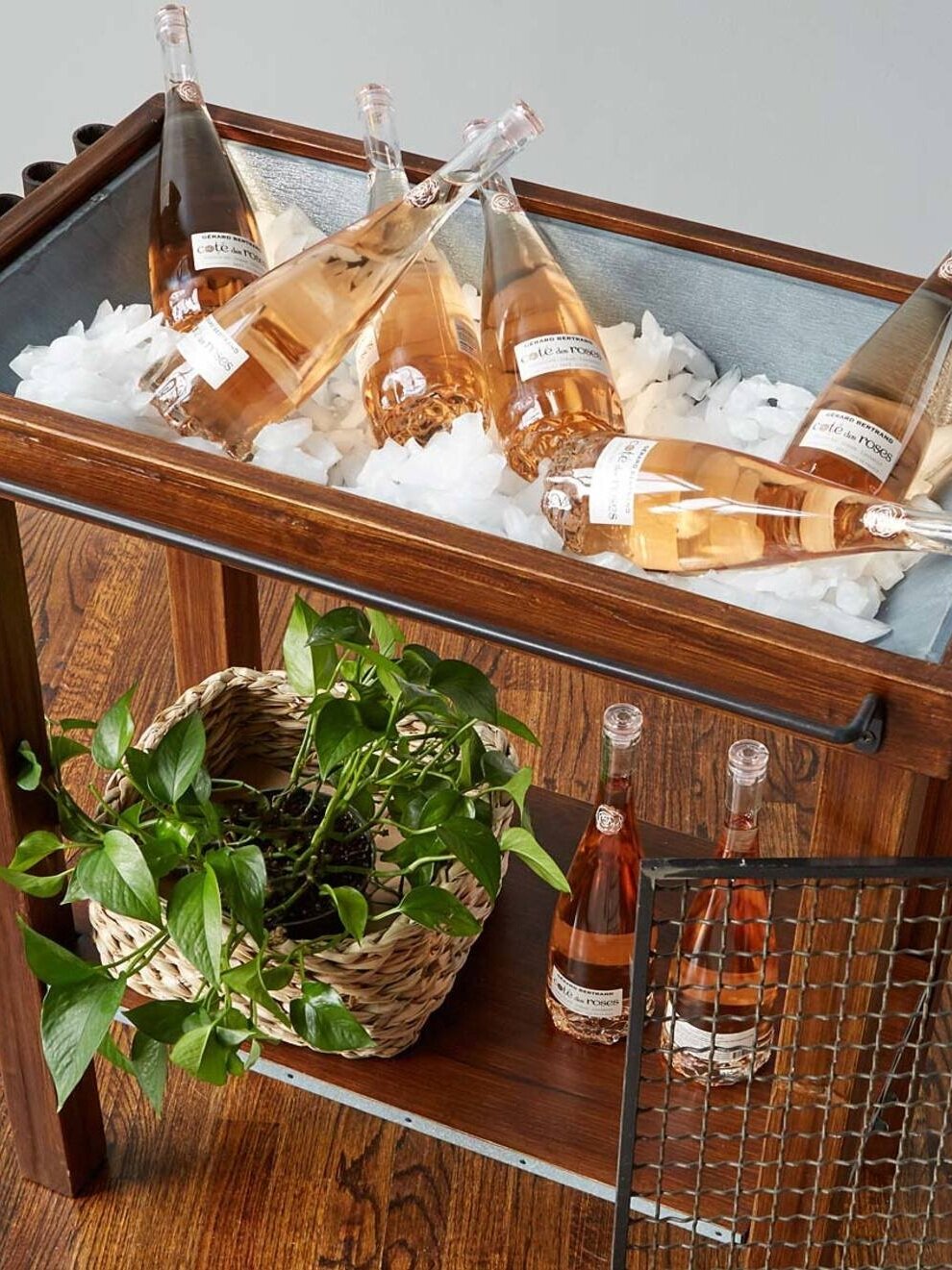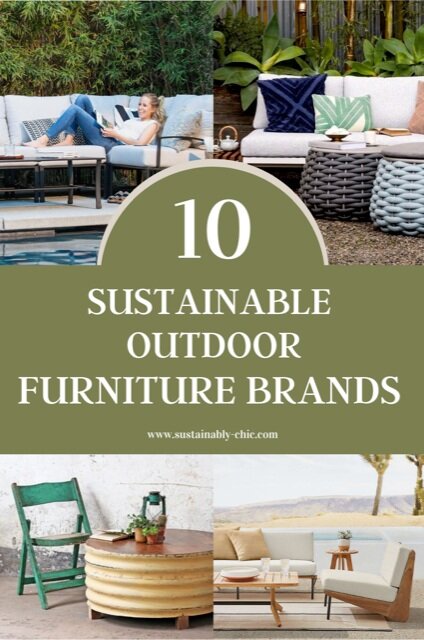Image: Nebia
Disclosure: Some of the links below are affiliated; we may earn a small commission if you click through and make a purchase. This post is also sponsored in part by Nebia. We only ever add brands & products we truly believe in. Thank you for supporting the brands who are making the fashion industry a better place!
Eco-Friendly and Sustainable Shower Curtains
Whether you’re trying to get your mom on board with sustainable products, but she really loves a familiar brand name (read: my mom and Pottery Barn), or you’re in-the-know about all things OEKO-TEX®, there’s a sustainable shower curtain out there for you.
Why Should you Buy a Sustainable Shower Curtain?
Most conventional shower curtains are made from plastic (like PVC), which can be very toxic. Chemicals like phthalates, lead, organotins and volatile organic compounds (VOCs) can be released into the air causing harm to our health. Today, we can completely avoid this by purchasing non-toxic shower curtains that are good for the planet and our bodies.
What to Look for When Shopping Shower Curtains
There are many different eco-friendly fabrics used today for shower curtains. You can choose hemp, cotton, recycled polyesters and PVC-free plastics. I understand aesthetic is always important when designing the rooms in your home, so we made sure to find ones you would love!
Should You Keep Your Current Shower Curtain?
As with all things, the most sustainable option is the one you already own (and it’s also the least expensive!), but we totally understand wanting to create a more safe, healthy environment. We also know that when it’s time to usher in a new sustainable product to your life, there are a ton of options. Hopefully, this list can help you narrow it down.
This roundup features a variety of materials, designs, and prices. Bonus: there’s also a sustainable shower curtain *liner* option at the end of this post!
Now, our top picks for sustainable shower curtains:
1) Nebia Shower Curtain
Brand | Nebia
Price | $119
Material | Recycled Polyester, DWR (durable water repellent) Coating
This might be the last shower curtain you ever buy. The Nebia Shower Curtain was created to last for over ten years! It was tested to simulate a family of three using the curtain by opening, closing, grabbing, and pulling it 21,900 times - and it held up! The curtain itself and the liner are machine washable and anti-shrink; it has anti-billow technology sewn into the fabric and is made from 100% recycled materials. This curtain indeed does the most.
2) Organic Waffle Shower Curtain
Brand | Coyuchi
Price | $128
Material | 100% Organic Cotton, grown and woven in Turkey
Coyuchi was the first to bring organic cotton bedding to the United States 25 years ago and is GOTS certified. They have also launched their 2nd Home Take Back initiative, which encourages customers to recycle their own Coyuchi products and receive 15% off your next order. These recycled products are then sold through 2nd Home Renewed at discounted prices, helping to close the loop on textile waste.
3) European Flax Linen Shower Curtain
Brand | West Elm
Price |$90-120
Material | European Flax
For a luxurious upgrade to your bathroom, linen is a great option! We love that West Elm uses many eco-friendly fabrics while also utilizing Fair Trade Certified manufacturing.
4) Waffle Shower Curtain
Brand | Boll & Branch
Price |$108
Material | Organic Cotton
Inspired by their bestselling Waffle Bed Blanket, the Waffle Shower Curtain adds texture to your bathroom with its micro-waffle design. They use high-quality threads from the finest long-staple, GOTS-certified, 100% organic cotton.
5) Willow Floral Organic Cotton Shower Curtain
Brand | Pottery Barn
Price | $79
Material | 100% Organic Cotton
For all those ride-or-die Pottery Barn people out there, make sure to use the site's filter options for “organic”, “sustainably sourced”, “certified nontoxic”, and “Fair Trade” as you browse for products! Yay for making it easier to find sustainable products amongst the masses! This shower curtain is GOTS certified.
6) Loktak Shower Curtain
Brand | The Citizenry
Price | $115
Material | 100% cotton
The Citizenry focuses on transparency, high standards, and fair-trade practices. They are partners with Kerala Workshop in India, where their products are woven by hand. When you click to buy their shower curtain, you learn about the artisans that worked to create the piece. Thirty-two artisans work at Kerala Workshop, with nearly half being over the age of 50. The Citizenry ensures a fair-trade environment that goes above and beyond, with artisans earning 2x the average fair-trade wage.
7) Turkish Shower Curtain
Brand | Parachute Home
Price | $99
Material | 100% Turkish cotton
These shower curtains are Oeko-Tex certified and made in Turkey. In addition to incredible products, Parachute offers an incredible program. Their Home for Dreams initiative is “ a mentorship and grant program designed to support Black-owned businesses.” The program offers $25k grants, brand amplification, and mentorship about a variety of topics.
8) The Beacon Shower Curtain
Brand | Quiet Town
Price | $198
Material | 100% Cotton Canvas
This couple-owned brand is sustainably conscious and always working toward portraying that with their products, packaging (which is moving toward being 100% compostable), production, & end of life. Another incredible accomplishment of theirs is that a majority of the shower curtain making process all happens within 200 miles - from growing to dyeing to sewing to fulfilling orders, it’s all happening right here in the USA.
9) Waterproof Linen Shower Curtain
Brand | Dusty Linen
Price | $150
Material | Linen
This beauty is made from 100% European stonewashed OEKO-TEX-certified linen. It comes with a durable white waterproof lining, and it comes in several different colors and sizes.
10) Sonny PVC Free Curtain
Brand | Vita Futura
Price | $13.99
Material | PVC free, non-vinyl PEVA
This may not be the most sustainable option on the list, but it’s definitely the most affordable. PEVA, the material of this shower curtain, is PVC-free, non-chlorinated and a highly recyclable plastic; make sure to check with your local recycling facility to see if they’re able to recycle PEVA! PEVA “breaks down more effectively and does not emit the chlorine gases as chlorinated vinyl products sometimes do.” This product is made-to-order bi-weekly in Germany.
BONUS - A LINER
The Sun Shower
Brand | Quiet Town
Price | $38
Material | 100% EVA made in China
Quiet Town, take two! This product can be used as a liner or as a curtain itself if you’re into showering in the sunlight. While EVA Vinyl is non-toxic, it is unfortunately not often recycled properly. So while this may not be the “best-ever”, it’s designed to last way longer than normal plastic liners, which keeps waste out of landfills - and that’s a plus. Quiet Town isn’t satisfied with just keeping liners out of landfills, though. They are currently working on a recycling program specifically for their Sun Shower liners.
About the Author
Paige Annelayne is a freelance writer and digital media specialist currently based in Alabama, who loves to cook, learn about intersectional sustainability, and read a lot of books. Her cat, Gnocchi, her plants, and a good cup of matcha bring her joy. You can connect with Paige on Instagram @vitality.blog and at www.vtltyblog.com
MAKE SURE TO PIN THE PHOTO BELOW TO SAVE THIS POST FOR LATER!
WANT MORE? VISIT OUR SUSTAINABLE BRAND DIRECTORY!
Our Brand Directory is home to hundreds of sustainable brands, from makeup to cleaning supplies, from underwear to shoes. We have broken everything down by category for easy shopping, along with discount codes unique to Sustainably Chic viewers.

